Hydrostatics Trainer
Categories: Engineering Lab EquipmentHydrostatics is the study of fluids at rest. Phenomena occurring as a result of hydrostatic pressure are analysed and the force effect determined. Hydrostatic aspects play a crucial role in various ar...
Product
Description
Hydrostatics is the study of fluids at rest. Phenomena occurring as a result of hydrostatic pressure are analysed and the force effect determined. Hydrostatic aspects play a crucial role in various areas of engineering, such as in plumbing and domestic engineering, in pump manufacturing, in aerospace and in shipping (buoyancy, load on the sides of a ship).
The trainer can be used to conduct experiments in the field of hydrostatics, such as ground pressure measurement or demonstrating Boyle’s law. Determining the centre of pressure completes the range of experiments. Furthermore, experimental units for studying capillarity and buoyancy are included. The hydrostatic pressure and surface tension are measured. Additionally, one experiment uses a Pitot tube and a tube for static pressure to study the pressure components in a flowing fluid.
To make the functions and processes visible, the tanks and the experimental units use a transparent design. Tanks and pipes are made entirely of plastic.
Learning Objectives/Experiments
Study of buoyancy on a variety of bodies
Study of the density of liquids
Hydrostatic pressure, Pascal’s law
Communicating vessels
Determination of the centre of pressure
Study of surface tensions
Demonstration of capillarity
Boyle’s law
Study of static and dynamic pressure component in flowing fluid
Familiarisation with various methods of pressure measurement
Specification
Comprehensive experimental introduction to hydrostatics
Transparent tank for observing the processes
Wide range of accessories included: compressor for generating positive and negative pressures, bottom pressure apparatus, two areometers
1 experimental unit each: measuring the buoyancy force, investigation of the hydrostatic pressure in liquids, measuring the surface tension, communicating vessels, capillarity
Pitot tube for determining the total pressure and tube for static pressure
Instruments: pressure sensor with digital display, differential pressure manometer, twin tube manometers, diaphragm manometer, Bourdon tube manometer
Technical data
Pump
power consumption: 250W
max. flow rate: 9m3/h
max. head: 7,6m
Compressor
power: 65W
pressure at inlet: 240mbar
pressure at outlet: 2bar
3 tanks
height: 500mm
Ø 100mm, Ø 133mm, Ø 200mm
Supply tank for water: approx. 50L
2 areometers with different measuring ranges
Measuring ranges
pressure: 2x -1…1,5bar
differential pressure: 0…500mmWC
differential pressure: 0…0,4bar
density: 1x 0,8…1g/cm3, 1x 1…1,2g/cm3
230V, 50Hz, 1 phase
230V, 60Hz, 1 phase; 120V, 60Hz, 1 phase
quick overview :
Hydrostatics is the study of fluids at rest. Phenomena occurring as a result of hydrostatic pressure are analysed and the force effect determined. Hydrostatic aspects play a crucial role in various areas of engineering, such as in plumbing and domestic engineering, in pump manufacturing, in aerospace and in shipping (buoyancy, load on the sides of a ship).
The trainer can be used to conduct experiments in the field of hydrostatics, such as ground pressure measurement or demonstrating Boyle’s law. Determining the centre of pressure completes the range of experiments. Furthermore, experimental units for studying capillarity and buoyancy are included. The hydrostatic pressure and surface tension are measured. Additionally, one experiment uses a Pitot tube and a tube for static pressure to study the pressure components in a flowing fluid.
To make the functions and processes visible, the tanks and the experimental units use a transparent design. Tanks and pipes are made entirely of plastic.
Learning Objectives/Experiments
Study of buoyancy on a variety of bodies
Study of the density of liquids
Hydrostatic pressure, Pascal’s law
Communicating vessels
Determination of the centre of pressure
Study of surface tensions
Demonstration of capillarity
Boyle’s law
Study of static and dynamic pressure component in flowing fluid
Familiarisation with various methods of pressure measurement
Specification
Comprehensive experimental introduction to hydrostatics
Transparent tank for observing the processes
Wide range of accessories included: compressor for generating positive and negative pressures, bottom pressure apparatus, two areometers
1 experimental unit each: measuring the buoyancy force, investigation of the hydrostatic pressure in liquids, measuring the surface tension, communicating vessels, capillarity
Pitot tube for determining the total pressure and tube for static pressure
Instruments: pressure sensor with digital display, differential pressure manometer, twin tube manometers, diaphragm manometer, Bourdon tube manometer
Technical data
Pump
power consumption: 250W
max. flow rate: 9m3/h
max. head: 7,6m
Compressor
power: 65W
pressure at inlet: 240mbar
pressure at outlet: 2bar
3 tanks
height: 500mm
Ø 100mm, Ø 133mm, Ø 200mm
Supply tank for water: approx. 50L
2 areometers with different measuring ranges
Measuring ranges
pressure: 2x -1…1,5bar
differential pressure: 0…500mmWC
differential pressure: 0…0,4bar
density: 1x 0,8…1g/cm3, 1x 1…1,2g/cm3
230V, 50Hz, 1 phase
230V, 60Hz, 1 phase; 120V, 60Hz, 1 phase
Product
Reviews
add Review
reviews
No Review Yet.
Copyrights © 2025 All Rights Reserved by Atico






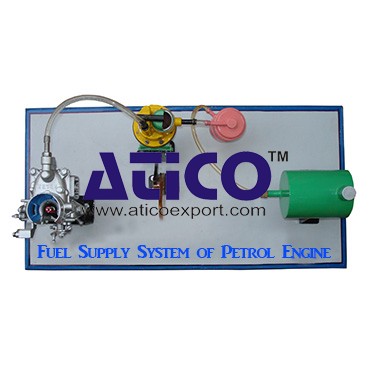

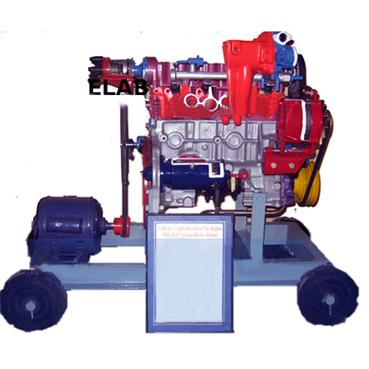
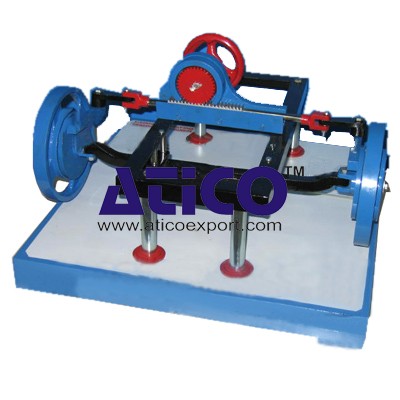


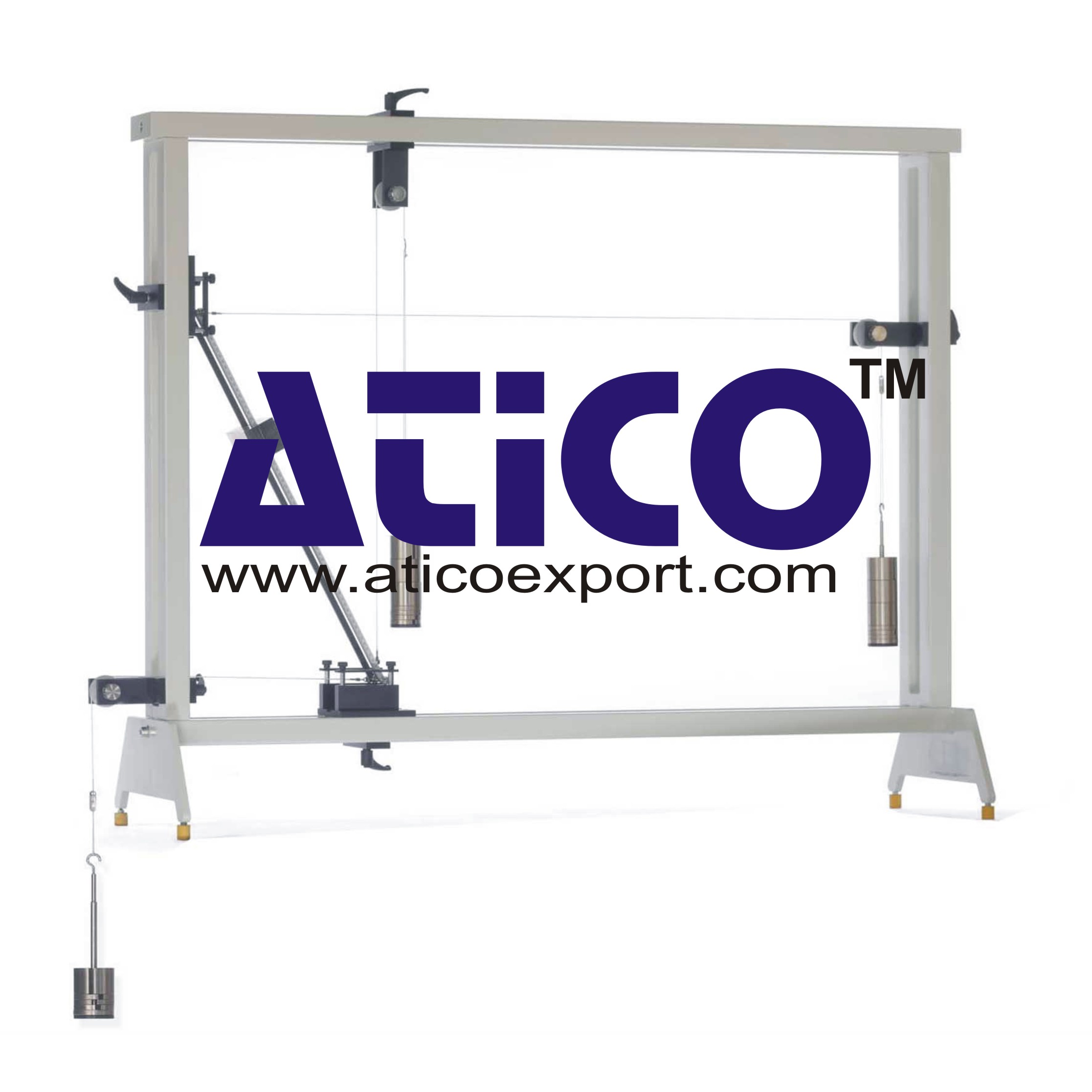
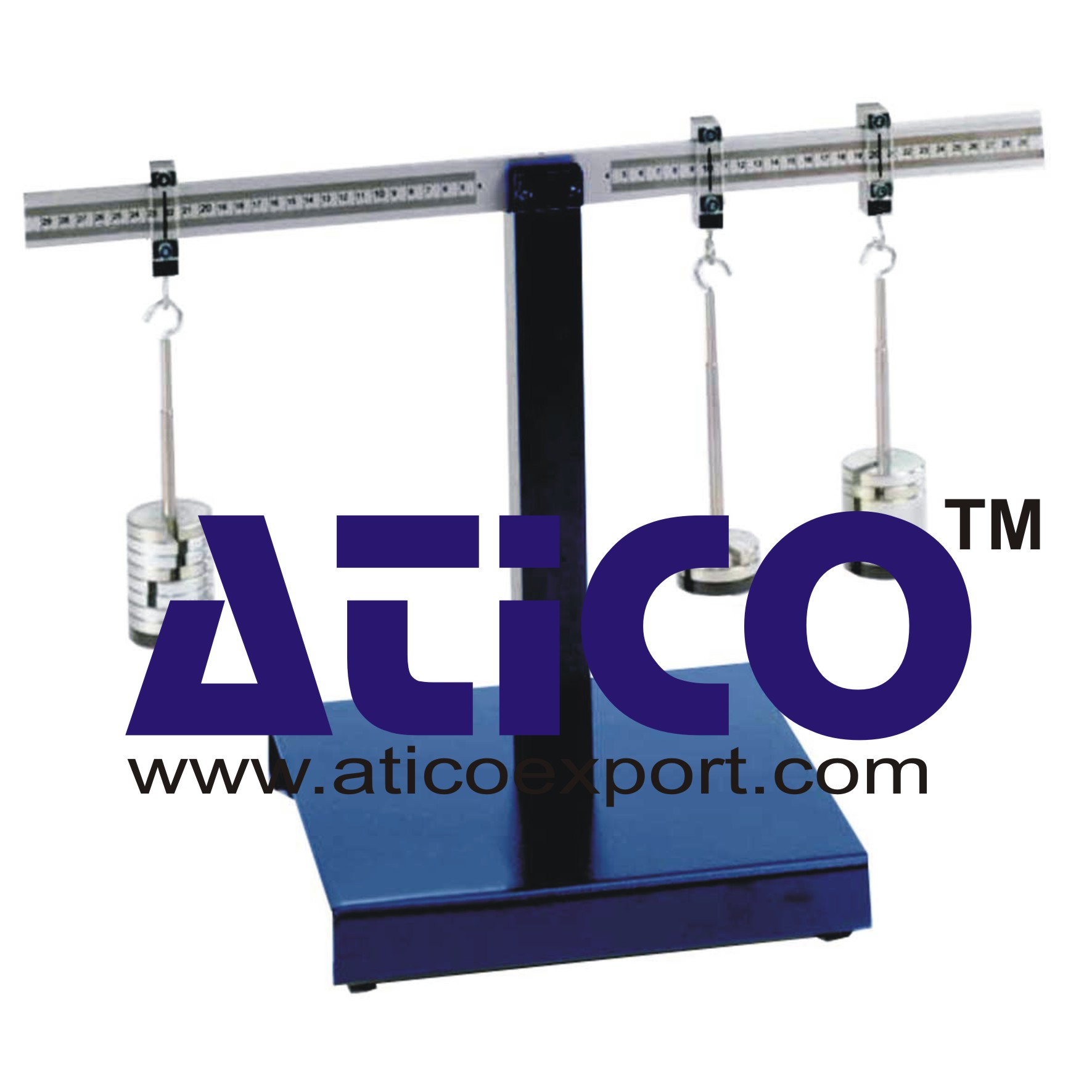
Product
Reviews
add Review
reviews
No Review Yet.